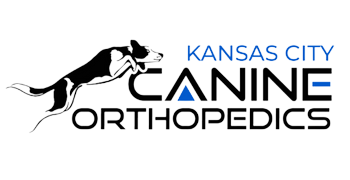Elbow Dysplasia Treatment in Dogs

Elbow dysplasia is a very broad term that encompasses several conditions that can affect the canine elbow including:
- Medial Coronoid Process Disease (formerly known as fragmented medial coronoid process)
- Ununited Anconeal Process (UAP), often seen in breeds like Labradors
- Osteochondrosis/Osteochondritis
- Dissecans (OC/OCD)
- Elbow Incongruity
- Any combination of the above conditions
Dogs with any of these issues have a more significant risk of developing canine elbow osteoarthritis, which influences the surgical treatment options. There are various surgical approaches to treat elbow dysplasia in dogs, such as:
- Elbow Arthroscopy for removing a fragmented medial coronoid process
- Elbow Arthroscopy for removing or reattaching an ununited anconeal process (UAP) in affected dogs
- Elbow Arthroscopy to address osteochondritis dissecans by resurfacing the OCD lesion, sometimes using synthetic implants or allografts
- Ulnar Osteotomy or Humeral Osteotomy to relieve pressure on affected areas
- Partial or Total Elbow Replacement.
Our team has extensive experience performing these surgical procedures for elbow dysplasia in dogs. The first essential step is a thorough diagnosis—such as elbow dysplasia radiographs—to understand the specific elbow condition in your dog. A complete evaluation allows us to choose the most effective treatment, whether it involves elbow dysplasia surgery or other methods.
Veterinary Services
Below are all of the veterinary services we offer at Kansas City Canine Orthopedics. If you have any questions regarding our services, please feel free to call us.

